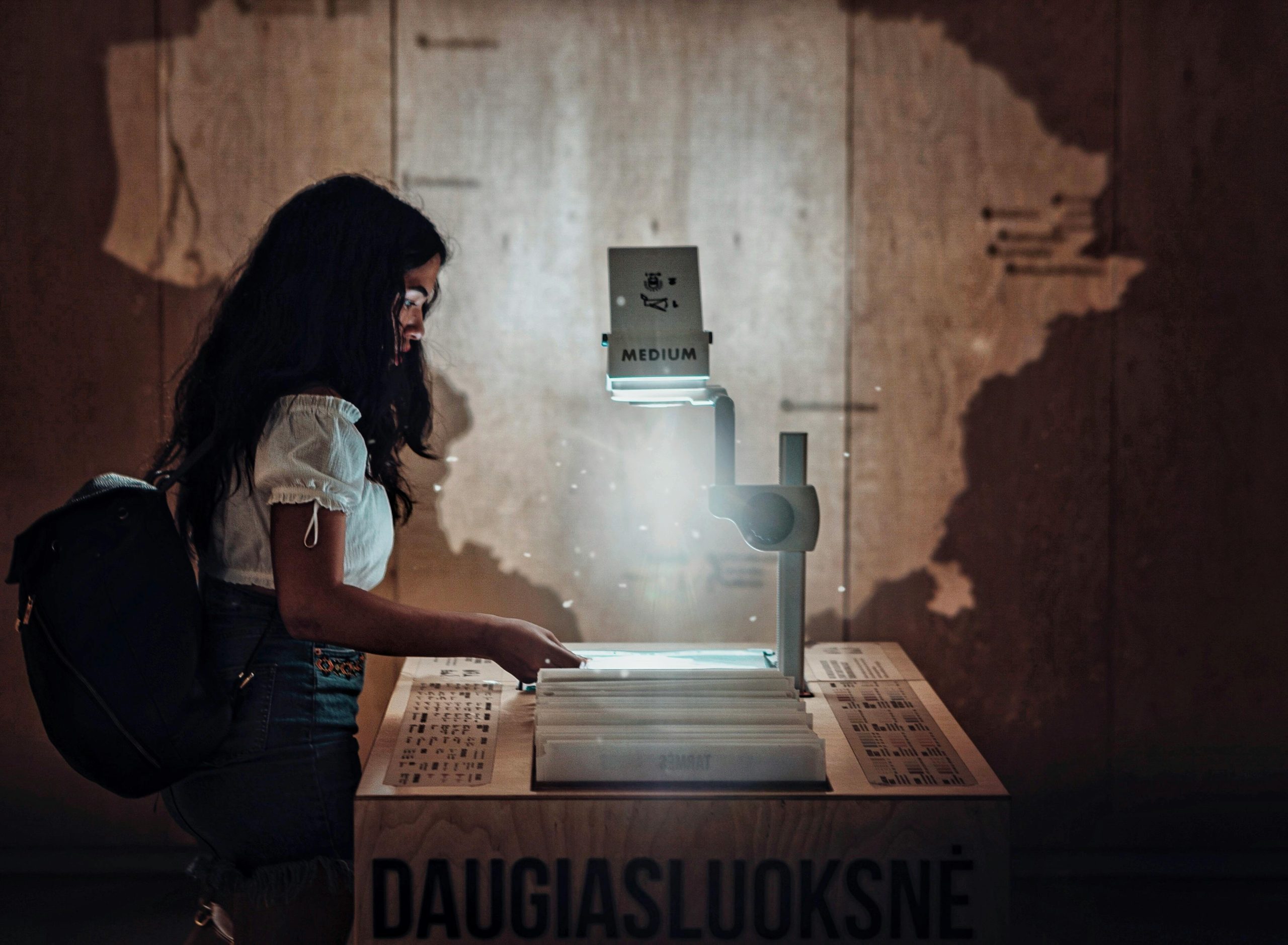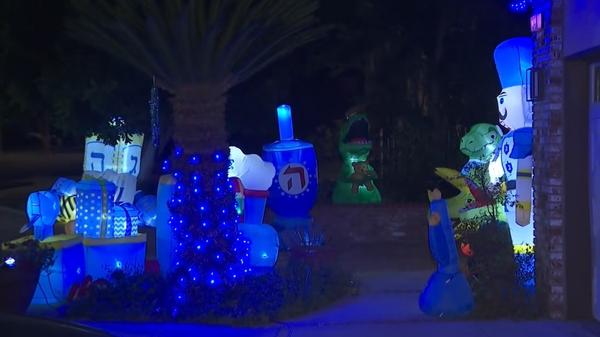Back-to-school shopping once meant stocking up on a very different set of supplies than what students use today. Before laptops and tablets became standard classroom equipment, students relied on a variety of analog tools to learn, write, and organize their work. Many of these items, once essential parts of a student’s arsenal, have now been made completely obsolete by digital technology. A look back at these forgotten tools shows just how much the classroom experience has transformed in a single generation.

1. The Overhead Projector
Teachers once centered their lessons around the overhead projector, a machine that projected images from transparent plastic sheets onto a screen. They would write on these transparencies with special markers, creating layers of notes and diagrams. Today, digital whiteboards, smartboards, and computer projectors have completely replaced this bulky and inefficient piece of analog technology.
2. Floppy Disks and Diskettes
Saving a school report meant using a floppy disk. These plastic squares, first large and floppy and later smaller and rigid, held a tiny amount of data by today’s standards—often just 1.44 megabytes. Students had to handle them carefully to avoid data corruption. The rise of USB flash drives, cloud storage, and email made these disks entirely obsolete.
3. The Card Catalog
Before digital databases, finding a book in the school library required mastering the card catalog. This large piece of furniture contained thousands of index cards, organized by author, title, and subject. Students would flip through drawers to find the call number of a book. Online public access catalogs (OPACs) have digitized this entire process, rendering the physical card catalog a relic of the past.
4. Manual Pencil Sharpeners
Nearly every classroom had a manual pencil sharpener mounted to a wall or a teacher’s desk. The distinct grinding sound it made was a familiar part of the school day. While manual sharpeners still exist, the prevalence of mechanical pencils and cheap, portable plastic sharpeners means students no longer line up to use the old hand-crank models.
5. Book Covers

Schools used to issue expensive hardcover textbooks with the expectation that students would protect them. This created a market for book covers, which students would make from brown paper bags or buy in stretchy, colorful fabrics. As schools shift to cheaper softcover workbooks and digital textbooks, the need to protect and return a specific book has diminished, making covers a rarity.
6. Rubber Cement
For art projects and presentations, rubber cement was the go-to adhesive. It allowed for repositioning and easy cleanup by rubbing away the excess. However, its strong chemical smell and the rise of safer, less messy alternatives like glue sticks have pushed rubber cement out of the elementary school art closet.
7. The Trapper Keeper
In the 80s and 90s, the Trapper Keeper was the king of school supplies. This elaborate three-ring binder, made by Mead, featured loud graphic designs and a Velcro or snap closure that made a satisfying rip when opened. It organized folders and papers in one place. While simple binders still exist, the Trapper Keeper as a status symbol of organization has faded away.
8. Typewriters
Before personal computers became common in homes and schools, students typed their formal essays on typewriters. This required careful planning, as mistakes were difficult to correct, often necessitating the use of correction fluid or tape. The word processor made the typewriter obsolete, freeing students from the tyranny of permanent ink.
9. Mimeograph Machines
The distinct smell of a freshly mimeographed worksheet is a core memory for students of a certain age. Teachers used these machines to print copies by cranking a handle that forced ink through a stencil. The resulting purple-inked papers were a staple of classroom life before photocopiers and digital printers became affordable and widespread.
10. Combination Lock Padlocks
Generations of students struggled to master the right-left-right combination sequence to open their school lockers. These sturdy Master Lock padlocks were a rite of passage. Today, many new schools build lockers with integrated, keyless locks or assign digital codes, eliminating the need for a separate, easily lost padlock.
The Digital Classroom
The disappearance of these supplies marks a fundamental shift in education. The classroom has moved from a world of manual, analog tools to one of digital efficiency and instant access to information. While we’ve gained incredible power and convenience, we’ve also lost some of the tactile experiences that once defined a school day.
What forgotten school supply do you remember most fondly from your childhood? Did we miss any obsolete items? Share your memories below!
Read More
10 Old-School Products That Outperform Modern Replacements
7 School Cafeteria Foods That Should Make a Comeback
The post 10 School Supplies That Don’t Exist Anymore appeared first on Grocery Coupon Guide.







